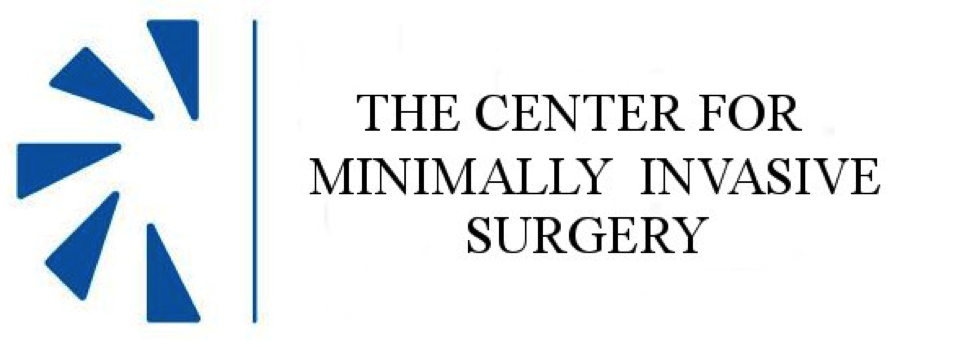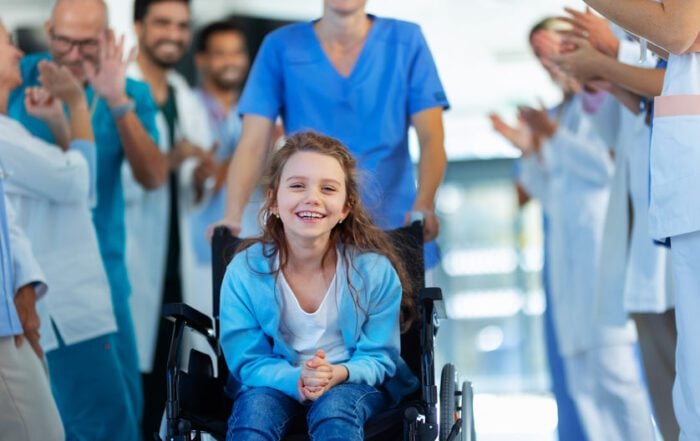Recovering From An ACL Tear
Anterior cruciate ligament (ACL) ruptures are a common injury among athletes. The anterior cruciate ligament forms an X with the posterior cruciate ligament (PCL) and helps stabilize the knee. ACL injuries often occur due to a hard blow to the knee or an unnatural twisting movement. Pain, swelling, instability, a popping noise, and a loss of range of motion (ROM) are possible symptoms. Range of motion loss can continue to be a problem after ACL repair surgery. The recovery process is critical in restoring maximum ROM so athletes can return to sports and perform effectively.

Repairing the knee
The ACL can stretch or tear, requiring immediate medical attention. A partial or fully torn ACL must be repaired via surgery if the patient wants to return to sport as soon as possible. ACL reconstruction is a minimally invasive procedure used to remove and replace the damaged ligament. The surgeon accesses the knee with an arthroscope and other small surgical tools. The damaged ligament is removed, and a graft is inserted with surgical wire, screws, and other components. Following surgery, the patient requires physical therapy (PT) to restore the full function of the knee.
Where did my ROM go?
A torn ACL prevents the knee from extending fully. After surgery, knee ROM plays a critical role in recovery. Not only does the patient need proper ROM for comfort and simple movement, but also for future athletic performance. Poor ROM leads to an uneven gait, difficulty standing, pain when sitting, and reduced joint health. The goal is for the patient to bend and straighten the knee without severe pain or limitation. Physical therapy is vital to achieving this goal. The therapist will combine stretching and strengthening exercises and functional movements. Manual therapy can also help, as the therapist can massage and move the joint through different positions. Both patient and therapist must work together to track progress and ensure the knee achieves maximum flexibility.
Initial stages of recovery
Recovery from ACL repair starts almost immediately after surgery, thanks to the use of minimally invasive techniques. This initial stage is all about pain management, wound healing, and initiating mobility. A physical therapist will work on knee flexibility using a range of exercises. The goal is to take the joint through a full extension and about a 20-90 degree flexion. This variance is enough to help the individual with functions like walking or sitting. The degree of extension and flexion varies for each patient based on overall health, weight, pain threshold, and previous flexibility.
Finally, achieving full ROM
The middle stage of recovery starts at the 2-3 month mark and is a critical period for achieving ROM. Exercise increases in frequency and intensity. At this point, most patients can achieve full range of motion. Bending and extending the leg to the same levels before injury is possible. However, the length of time the leg can perform extension and flexion will vary. The ideal degree of flexion is 120-130 degrees. In the final stages of recovery, beyond 6 months, the knee should have near or full ROM. The affected knee should perform just as well as the healthy, uninjured knee. At this point, the patient can perform normal activities and return to sports. Additional time may be needed for conditioning.
Restore function with ACL repair
An ACL injury limits the full extension and flexion of the knee. However, successful ACL reconstruction sets the stage for better mobility by installing a new, functional ligament. Effectively following the PT timeline will restore range of motion to the knee. The degree of mobility will depend on the patient's health, fitness levels, and natural flexibility. Doctors recommend consistent stretching and low-impact exercise for the best results. With a commitment to recovery, full ROM is possible again.
Recent Posts
ACL Repair: Will You Have Range Of Motion With Your Knee After Recovery & Physical Therapy?
After an ACL injury, ROM can be negatively affected. ACL repair surgery helps restore function, but physical therapy is essential to ROM.
Arthroscopy: What Are The Benefits Of This Minimally Invasive Outpatient Orthopedic Procedure?
Arthroscopy can help diagnose or treat joint conditions. Benefits of the MIS include faster recovery, less pain, and fewer scars.
Posterior Interbody Lumbar Fusion: What Are The Benefits Of PLIF For People With Back Pain?
People with chronic back pain may benefit from posterior interbody lumbar fusion surgery. PLIF can reduce pain and improve stability.
Saying Goodbye To Tonsil Troubles: The Benefits Of Minimally Invasive Tonsillectomy
Chronic tonsilitis or other tonsil troubles can impact health and well-being. A minimally invasive tonsillectomy can reduce infections.








